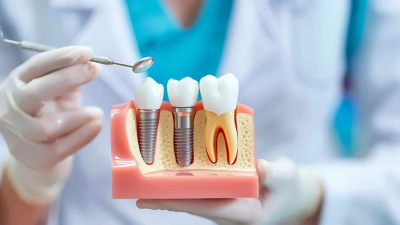Metabolic syndrome is a cluster of conditions—including high blood pressure, insulin resistance, increased belly fat, and abnormal cholesterol levels—that significantly raise the risk of heart disease and type 2 diabetes. Emerging research suggests that testosterone levels may play a key role in this complex health issue. For men with low testosterone and signs of metabolic dysfunction, testosterone replacement in Cumming may offer a promising therapeutic option.
The Link Between Low Testosterone and Metabolic Syndrome
Testosterone is involved in a wide range of bodily functions, from maintaining lean muscle mass and bone density to regulating fat distribution and insulin sensitivity. Men with low testosterone are more likely to experience weight gain, especially around the abdomen, which is a key indicator of metabolic syndrome. Additionally, low testosterone is frequently associated with elevated blood sugar and reduced HDL (good) cholesterol levels.
Addressing this hormonal imbalance may improve several metabolic markers. In fact, many patients see meaningful improvements in body composition, energy, and blood glucose control after starting therapy. The process of restoring hormonal balance is part of the broader concept explored in balanced wellness testosterone replacement, where the goal is not only symptom relief but overall metabolic health enhancement.
What Clinical Studies Are Revealing
Multiple studies have explored the potential of TRT to address key aspects of metabolic syndrome. Clinical evidence shows that men receiving testosterone therapy often experience a reduction in waist circumference, improved fasting blood glucose, and lower triglyceride levels. These changes may lower the risk of cardiovascular events over time.
For instance, one large-scale study found that long-term testosterone therapy in men with low testosterone significantly reduced the prevalence of metabolic syndrome and improved insulin resistance. These findings are encouraging, but it is important to note that therapy must be closely monitored to ensure optimal dosing and safety.
That said, not every man with low testosterone is a candidate for TRT. Recognizing the top signs you might need TRT therapy for low testosterone is a vital step. Common indicators include chronic fatigue, reduced muscle mass, low libido, and increased abdominal fat, many of which overlap with the symptoms of metabolic syndrome itself.
Why Personalized Care Matters
TRT is not a one-size-fits-all solution. For best results, providers conduct a detailed evaluation including lab testing, symptom tracking, and health history review. In the context of metabolic syndrome, this process helps rule out other contributing factors such as thyroid dysfunction, chronic stress, or nutritional deficiencies.
Treatment plans are then tailored to support not just hormone levels but also lifestyle factors like diet, physical activity, and stress management. When TRT is integrated into a comprehensive wellness strategy, it can become a powerful tool for improving metabolic function and overall vitality.
Conclusion
Testosterone replacement therapy is showing promise as part of a personalized approach to managing metabolic syndrome. It addresses more than just hormonal imbalance; it targets some of the root causes of metabolic decline. For men struggling with low energy, weight gain, or insulin resistance, testosterone replacement may offer a path to renewed health and better long-term outcomes. As always, the most effective results come from working closely with experienced providers who prioritize safety, precision, and whole-body wellness.













Comments